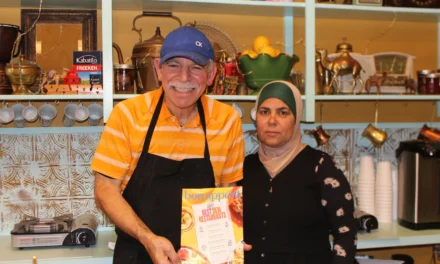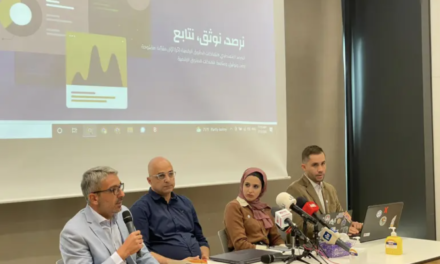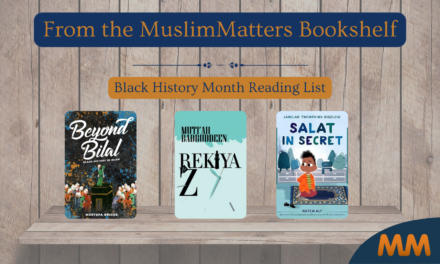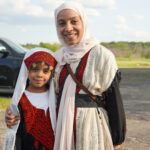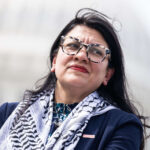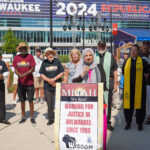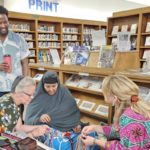Credit…Sami Studios
For some Muslim brides who observe the hijab, weddings, where men and women celebrate in different rooms, creates a space for guests to feel free, while also upholding tradition.
Weddings are usually associated with joyous togetherness, a time for family and friends to celebrate alongside the couple and with each other.
Some communities, though, have their own brand of togetherness. Although considered uncommon in the United States, Muslim couples may opt for gender-separate wedding celebrations, men and women sit separately during the ceremony and celebrate in different rooms during the reception, because of the strict observance of the hijab, which means veil in Arabic. Rules of hijab both apply to men and women even though it is commonly referred to as a head scarf for women. For men, everything between the navel to the knee should be covered; for women, only her face, hands and sometimes feet are allowed to be exposed.
“The idea of gender segregation in conservative Islamic circles is actually just one expression of a much broader puritanical ideal of social partitioning between genders in Islam,” said Shaykh Dr. Mohammad Omar Hussaini, a pathologist whose spiritual writings can be found on the website Pureway. He explained that the hijab “is not simply a piece of cloth but rather an attitude that desexualizes, and in the process humanizes, our experience as men and women, who are like two aspects of one soul.”
In the Islamic faith, a woman’s hair is seen as her awrah, or part of the body that requires covering outside the home and in front of restricted adult males. “Most women who wear the hijab do so not only because it is a religious duty but also to show modesty,” said Shaykh Amin Kholwadia, the founder of Darul-Qasim, an Islamic seminary based in the Glendale Heights suburb of Chicago. “Some women may wear the hijab as part of an identity culture.”
Men and women, who are guests, do not sit together at the wedding ceremony, he said, because “it is seen as a ‘time out’ from the usual mixing of the sexes and allows men and women to socialize without observing the rules of gender relationships. Both sets of genders feel a sense of freedom in doing this.”
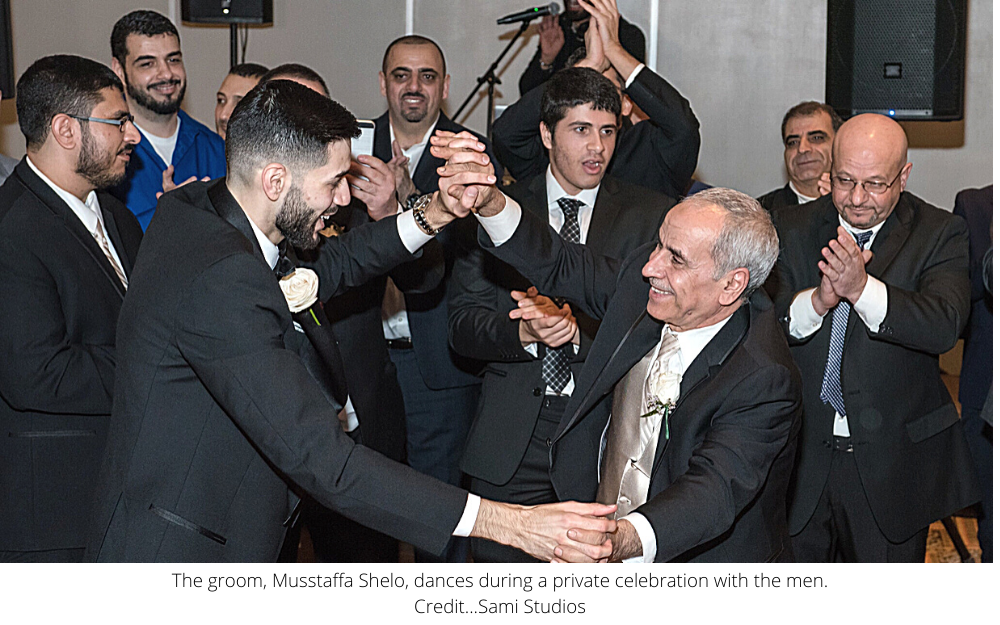
Runna Othman, 26, a talent acquisition specialist who has been observing hijab for nearly two decades, had a gender-separate wedding when she married Mussttafa Shelo, also 26, a financial analyst in Chicago, on Dec. 17, 2017 at Drury Lane Theatre in Oak Brook, Ill. “Although you can act modestly at a traditional wedding, undoubtedly, I wanted a space where women can just celebrate without any barriers,” she said. “At celebrations, especially big Arab weddings with hundreds, sometimes even upward of 1,000 guests, it is hard to maintain a modest composure.”
Ms. Othman and the women who celebrated with her were able to let their hair down and forgo their hijabs and dress in ornate gowns that were less modest. “I did not want to wear a hijab on my wedding,” she said. “I wanted to wear a sleeveless gown and to do my hair and makeup. This would not have been possible if I were to have to keep my hijab on during a traditional wedding that wasn’t separated.”
Ms. Othman added, “While Muslim fashion has come a long way to include beautiful modest gowns, sometimes a girl just wants to dress immodestly, if we’re being frank.”
During her celebration, she said, the women guest were also able to “dance, we sing, we join hand in hand to do debke, which many Muslim women would be uncomfortable to do in front of nonrelative men.”
Couples can also celebrate together in a segregated wedding, along with certain male relatives of the bride, including her father, brothers, grandfathers, and maternal and paternal uncles.
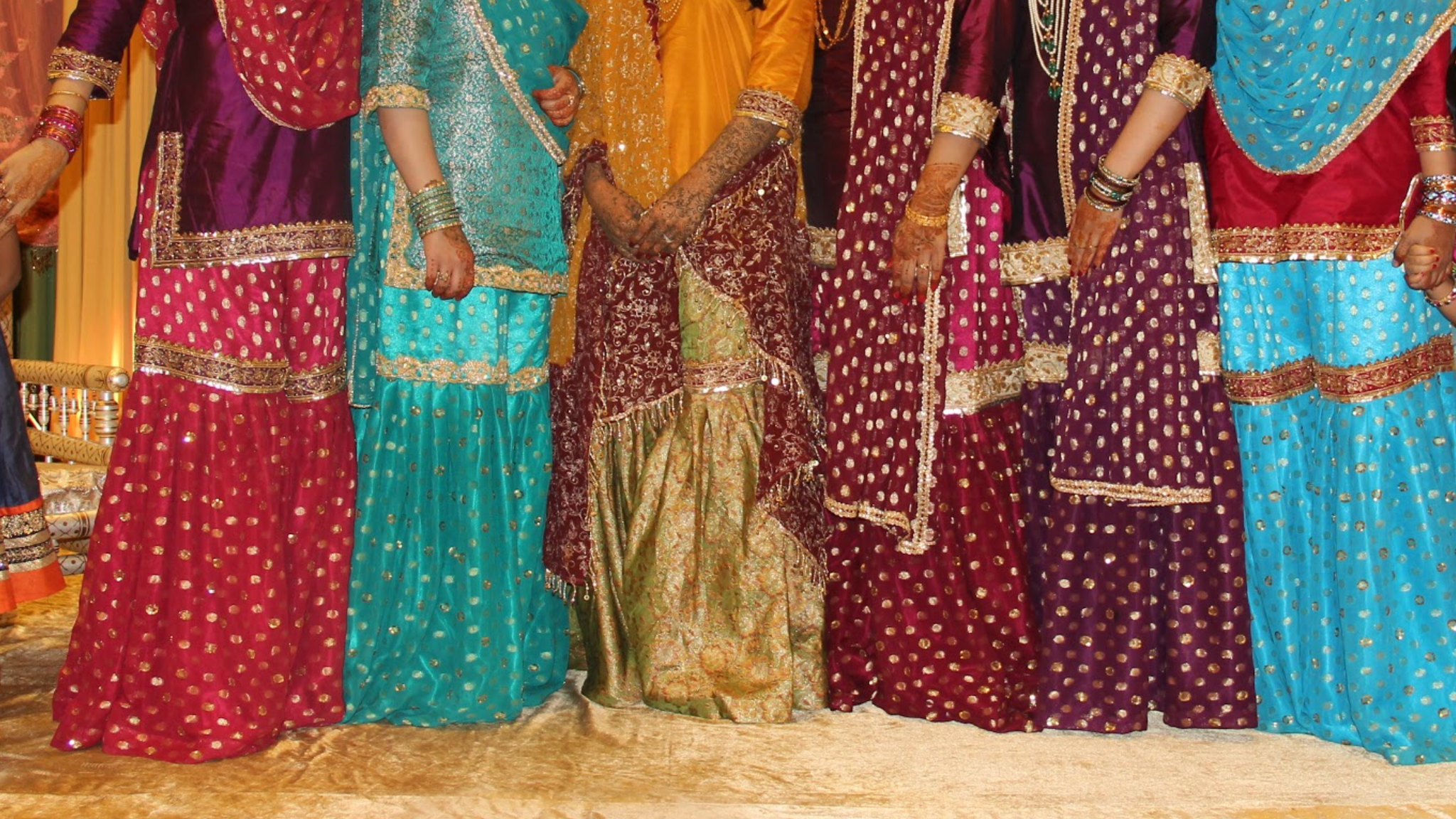
Credit…Ayah Ashraf
Saleha Amreen, 22, a software engineer, opted for a separate wedding when she married Bilal Ghani, 23, a sales engineer, on July 19, 2016 at the Waterford Banquets in Bridgeview, Ill.
“There’s a way to have fun without losing your values,” she said. “You can feel like a princess by getting decked out and not worry about any males looking at you.”
Mr. Ghani shared that on the men’s side, separated weddings are lively celebration where the men engage in traditional dances that wouldn’t have the same luster if women were present. “It always makes you feel like you’re starting your marriage the right way,” he said, as the separate events comes from a place of receiving blessings by complying with Islamic principles.
Danya Alzein, 22, a dental student, managed to have a wedding that was both gender separate and socially distant during the coronavirus pandemic. Her marriage officiation, known as nikah, which is a commitment between the couple to follow Islamic law during their marriage, was initially going to take place in April at a Chicago mosque, but the mosque was shut down because of the virus.
Keeping the date and having an outdoor celebration was not an option given Chicago’s cold weather. Ms. Alzein decided instead to have her marriage ceremony in June as Illinois started reopening. The event was held outdoors at her house with a little over 100 guests, with the men in the front yard and the women in the backyard. Food lines were socially distant and everyone sanitized before and after eating. Masks were also distributed and guests had access to hand sanitizers to prevent the spread of the coronavirus.
It was a very different type of wedding than Ms. Alzein ever could have imagined. But she is grateful that she didn’t even need to get a special hijab made to match her dress since it was only her father, along with her brothers and her new husband and father-in-law who saw her.
“There wasn’t anything I could do when it got changed from April to June,” said Ms. Alzein of her postponed wedding. “It was out of our hands. I knew there was a reason, perhaps some hidden wisdom for the pandemic and that just kept us patient we just took it one day at a time.”

